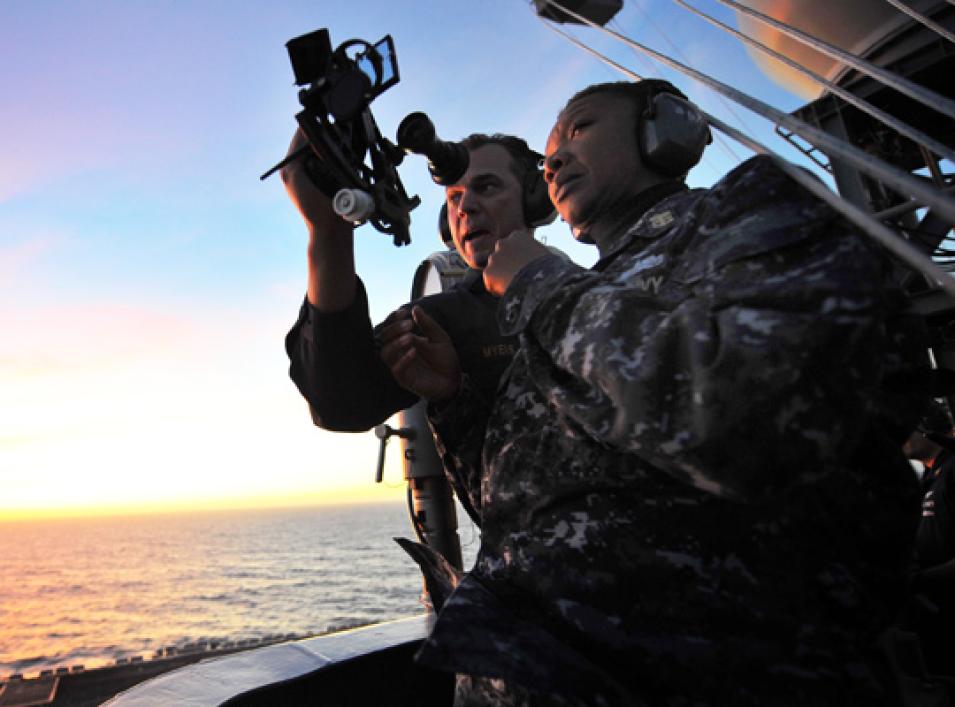Measure four times, cut once
GPS stations, however, get errors from being attached to Earth’s crust, when the crust shifts, sinks, or bulges. Earth’s imperfect rotation also introduces a miniscule distortion of time into GPS accuracy. So space-based techniques help balance out Earth-based measurements. Very Long Baseline Interferometry (VLBI) aims a radio telescope at very distant quasars. The quasars, extra-galactic objects, are so far away that their movement in space does not matter. For practical purposes, it is as if they are fixed points.
VLBI can lose some precision as radio signals sometimes get bent passing through the Earth’s atmosphere. GPS calculations help adjust for those errors.
Satellite Laser Ranging (SLR), which bounces a laser beam off a small, very heavy and passive satellite, helps calibrate errors out in the other sources. Ray said, “GPS satellites are very large, unwieldy things, with large solar panels that can cause wobble. This random, minute-to-minute motion is hard to monitor. SLR satellites are very simple, like little bowling balls covered with mirrors.”
No fixed position
Calibration also needs to account for how Earth’s crust may be moving underneath a specific instrument site. Some crustal activity can be estimated. Zuheir Altamimi is research director at the Laboratoire de Recherche en Géodésie (LAREG) in France, which maintains the ITRF. He is one of many researchers around the world who help tune the system of reference points. He said, “We can compare the vertical and horizontal motion of instrument sites with geophysical models, such as post-glacial rebound models, and models that describe the tectonic motion of the plates.” Other crustal activity may be erratic. “Many sites that are near the epicenters of earthquakes exhibit non-linear motion, which is hard to model accurately by mathematical equations,” Altamimi explained.
As well, at a multi-instrument site, the distances between the various instruments have to be accurately known when comparing measurements, and combining them together to build the ITRF. So these sites are physically surveyed by terrestrial measurements that are then compared to measurements by space techniques.
Rising seas
Position measurements are now accurate enough for most navigation uses. More accuracy is interesting mainly to scientists studying the Earth. For example, the ITRF can help track the exact rate of global sea level rise, which is increasing because of glacier and ice sheet melting. “This question is hard to answer, because there are so many error sources in the measurements,” said Altamimi.
Ray said, “That’s the cutting-edge driver of ITRF accuracy, to monitor sea level change. ITRF does not actually allow you to measure sea level change, but it is the underlying structure that allows measurement systems like altimetry to do the job.” Altimeters bounce radar signals off the ocean surface, but those altimetry measurements depend on a measurement frame centered at Earth’s center of mass. “That only makes sense if you have a really high accuracy ITRF,” Ray said.



